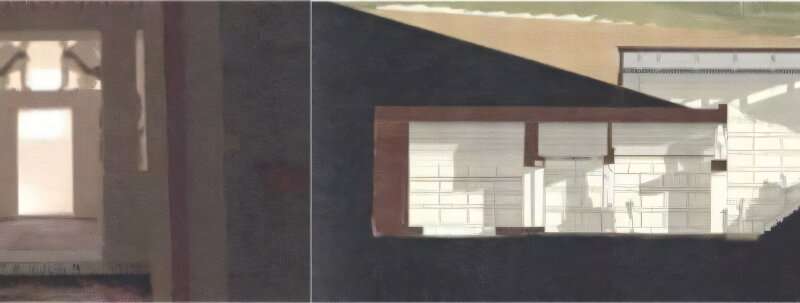Have you ever looked up at the stars and wondered how much our ancestors relied on celestial wonders? A recent study opens a window into the past, showcasing how ancient architects shaped monuments to become intricate calendars of light. Let’s dive into the story of the Kastas Monument, where sunlight dances through history.
In the picturesque town of Amphipolis, northern Greece, stands the Kastas Monument, an architectural marvel built around 300 BCE. Recent discoveries by independent researcher Demetrius Savvides suggest that this historical site was designed with a remarkable understanding of solar patterns. Imagine sunlight streaming into the tomb just in time for the winter solstice, casting beautiful shadows and marking important seasonal shifts.
There’s something magical about how ancient civilizations understood the cosmos. They crafted their structures not merely for shelter, but to resonate with celestial events, creating harmonious connections between the earth and sky. From the impressive temples of ancient Rome to the sacred spaces in Nabataean Petra, historical architects dedicated their work to tracking the movements of the sun and stars.
In a fascinating twist, the Kastas Monument was not just a tomb; it was a canvas for cosmic play. Comprising a marble passage leading to several chambers adorned with headless sphinxes and stunning mosaics, its architectural details hint at rich solar symbolism. The essence of Macedonian culture, which celebrated the sun through symbols like the Vergina Sun on royal coins, suggests that the builders forged a deeper connection with the cosmos.
In Savvides’s study, titled “Illuminating the Kastas Monument Enigma: A Computational Analysis of Solar-Architectural Interaction,” he presents groundbreaking findings. By combining advanced technologies like GIS and photogrammetry with meticulous solar simulations, he quantified how the sun interacts with the monument year-round.
His method involved crafting a high-resolution model of Kastas, revealing that on December 21st, sunlight illuminates the burial chamber for a breathtaking 70 minutes. This alignment is not mere coincidence. The light pathways directly correspond with architectural features, marking key moments in the seasonal calendar.
But it doesn’t stop there! Savvides’ research uncovered that sunlight also graces the monument on other important dates, including late August and mid-February. It’s as if nature itself choreographs a luminous pilgrimage through the site, honoring both the deceased and the cycles of life.
Delving deeper into the science, Savvides discovered that even the slightest tilt or misalignment could shift the shadow path significantly. These findings indicate that ancient architects were meticulous and perhaps even spiritual in their approach to design—carefully tuning their creations to align seamlessly with solar events.
-

Credit: Nexus Network Journal (2025). DOI: 10.1007/s00004-025-00817-z
One tantalizing piece of the puzzle was the suggestion that a missing feature—perhaps a statue—may have originally completed the light sequence in the monument’s third chamber. This beautiful conundrum hints at the rich story yet to be told about the legends surrounding Persephone and Cybele, and how they were intertwined with the Macedonian royal narrative.
As demystifying the past moves forward, Savvides’ approach stands as an innovative model for archaeologists everywhere. We may be far removed from those ancient days, but understanding how our ancestors danced with the stars brings to life a bond that ties us all together across time.
More information:
Demetrius Savvides, Illuminating the Kastas Monument Enigma: A Computational Analysis of Solar-Architectural Interaction, Nexus Network Journal (2025). DOI: 10.1007/s00004-025-00817-z
© 2025 Science X Network
If you would like to see similar science posts like this, click here & share this article with your friends!

